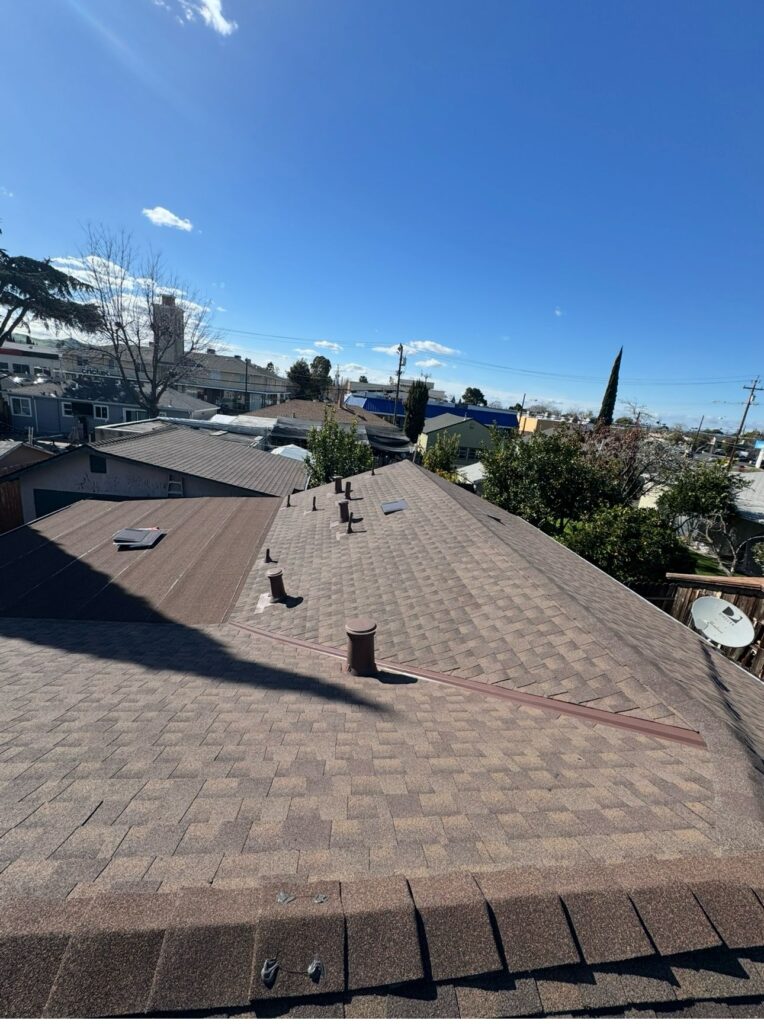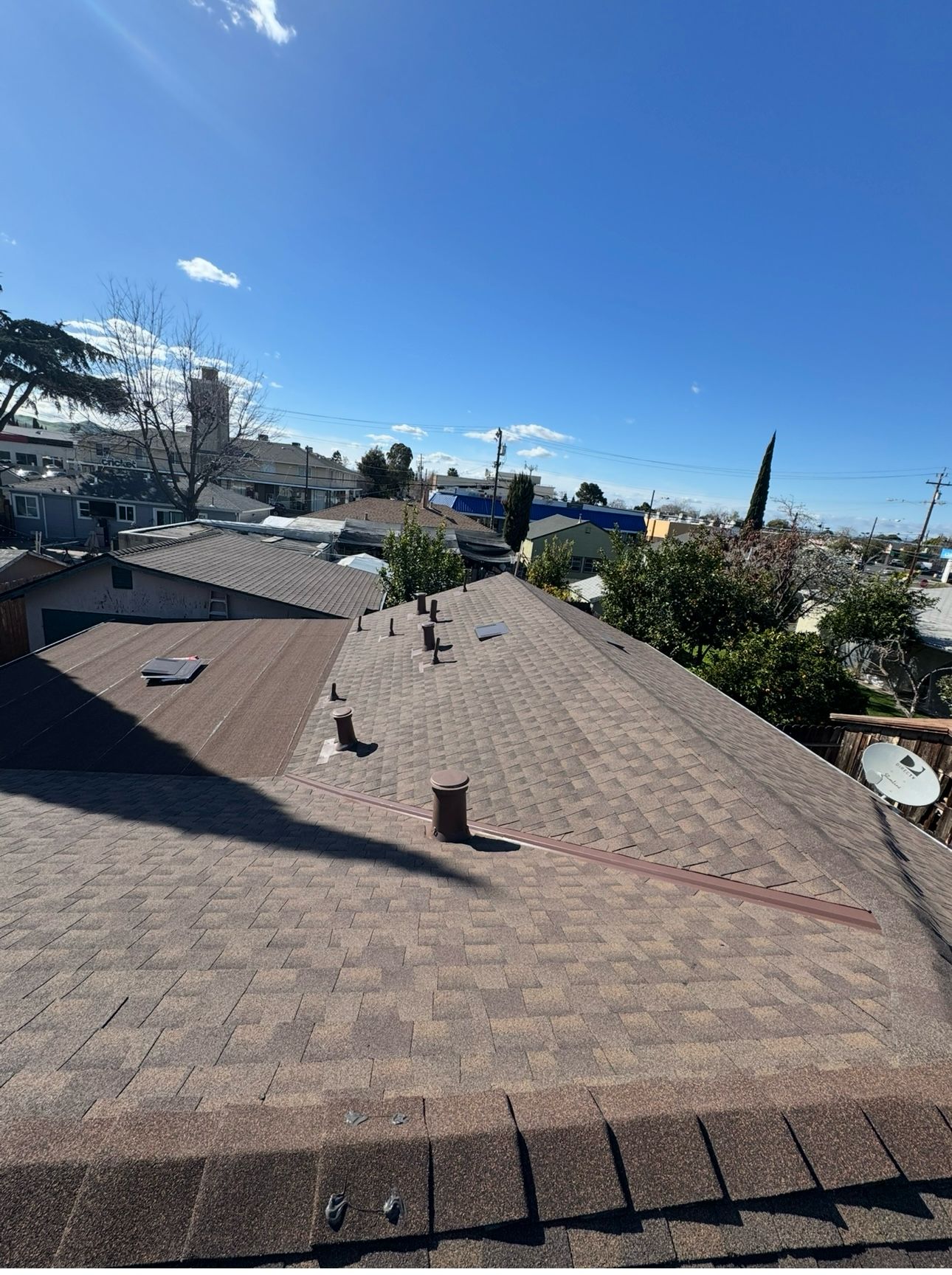
Choosing the right roofing materials and installation techniques is crucial for homes in extreme climates. Whether facing the relentless heat of the desert, the heavy snowfall of the mountains, or the fierce winds of hurricane-prone areas, selecting the proper roofing can significantly impact the durability and safety of your home. In this blog post, we’ll explore the best roofing materials and practices for these challenging environments.
Best Roofing Materials for Different Extreme Climates
1. Hurricanes and High Winds Pros:
Metal Roofing: Known for its wind resistance, metal roofing can withstand wind gusts of up to 140 miles per hour. Its interlocking panels make it an excellent choice for hurricane-prone areas.
Impact-Resistant Shingles: These are specially designed to resist impacts from flying debris, which is common during hurricanes. They can also endure high winds.
Cons:
Initial Cost: Both metal and impact-resistant shingles tend to be more expensive than traditional materials but offer increased longevity and protection.
Installation Techniques:
Secure Fastening: Using screws instead of nails, increasing the number of fasteners, and employing hurricane clips can help secure the roof deck and prevent uplift.
Sealing and Waterproofing: Proper sealing of seams and edges to prevent water intrusion is crucial in hurricane zones.
2. Heavy Snow and Cold Pros:
Slate and Tile Roofing: Both materials are excellent for supporting heavy snow loads due to their durability and strength.
Metal Roofing: It allows snow to slide off easily, preventing buildup and reducing the risk of ice dams.
Cons:
Weight: Slate and tile are heavy and may require additional structural support.
Cost: These materials are often at the higher end of the price spectrum but provide substantial durability in snowy conditions.
Installation Techniques:
Proper Insulation and Ventilation: Ensuring adequate attic insulation and ventilation helps reduce ice dam formation.
Snow Guards: Installing snow guards can prevent hazardous movements of snow and ice on sloped metal roofs.
3. Extreme Heat Pros:
Clay Tiles: Naturally reflective, clay tiles can deflect sunlight and heat away from the home, keeping interiors cooler.
Cool Roofing Materials: Special coatings can reflect more sunlight and absorb less heat, suitable for materials like metal roofing.
Cons:
Cost: Cool roofing technologies and clay tiles can be more expensive but result in significant energy savings.
Installation Techniques:
Radiant Barriers: Installing a radiant barrier under the roofing material can help reflect heat away from the attic.
Proper Ventilation: Adequate roof and attic ventilation is essential to allow hot air to escape, keeping cooling costs down.
For homeowners living in extreme climates, choosing the right roofing material and employing best installation practices is not just about aesthetics—it’s about resilience and protecting your investment. While the initial cost may be higher, the long-term benefits of reduced maintenance, energy savings, and enhanced safety are invaluable.


